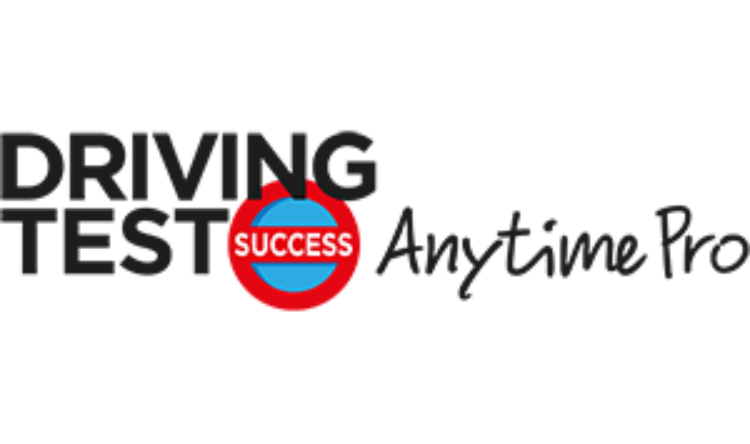Structures
Flexibility is one thing, but you still need structure to your lessons
Lessons don’t usually come in isolation but, instead, are part of a series. So, in order to have a natural flow in and between lessons, structure is important, though it has to be flexible.
A successful lesson will help a client:
● improve their understanding and skills
● acquire more depth of understanding
● achieve their goals
● learn to deal with “real- life” driving situations
● develop self-evaluation techniques and coping strategies
● enjoy their learning and have an experience that is fun
To do this, we need to remember that ‘one size does not fit all’; each lesson needs to be relevant to the particular client at that particular time. However, a basic structure can actually help you achieve this. For example:
● Introduction and settle down
● Recap and self-reflection
● Setting and discussing goals
● Sharing and understanding the risks
● Driving practice including feedback and self-evaluation
● Final lesson review and reflection
Building Success
Foundations – A genuine and positive “Hello” and “How are you?” is essential. A good rapport will help you know your client and build a productive relationship, making them feel comfortable and confident with you. It’s really important to ease them into the learning zone and feel relaxed behind the wheel.
The Brief – Looking back and reflecting on the last lesson should include what was covered; what went well and what could be improved on. It must be interactive and asking a few questions will allow them to tell you and reveal what they know and understand. Using a reflective log will help.
The Plans – Goals are usually set at the end of the last lesson, so you may just be confirming these. They can change if a client has been having private practice or if they’ve changed their mind after a period of reflection. This allows us to measure progress and set new targets to aim for, but pupils should suggest these to help them gain self-evaluation skills. Don’t just ask “What do you want to do today?”; lessons and learning need to link and flow. For example, a client might discuss that they thought their mirrors need improving (the goal). But they may well also want to recap a manoeuvre, so you both need to discuss and agree the best way to achieve this. This may include:
● “Which would you like to cover first, the manoeuvre or mirrors?”
● “Are there any special times when you think you need to improve your mirror use?”
Goals are set and in the lesson improvements can be made and goals achieved. Of course, if goals are achieved quickly, there is nothing to stop you both agreeing to move onto new goals within the same lesson.
Blue Prints – Discussing the goals depends on the pupil’s level and style of learning. Use a range of resources, as not everyone learns most effectively in the same way, so involving the learner and making it interactive will allow you to assess the best way forward.
Construction Methods – By sharing and understanding the risks, we are trying to help the client understand that they are responsible for managing the risks that occur during the drive, so learning levels need to be measured according to their ability. It’s important they are aware of risks from the start of their lesson and how we will share them. Add to this discussion of any specific risks at the time, such as weather, time of day or type of roads.
The discussion might include:
● “Would you like to take full responsibility for the manoeuvre we are going to practice or do you want some help from me?”
● “How will the weather change your driving today?”
Getting to Work – This is the main section, improving their driving and reaching their goals. Helping them solve challenges that arise and getting them to reflect and self-evaluate on why something happened will help them come up with effective and longstanding strategies and solutions.
Prompts might include:
● “How can you improve……?”
● “What would you do differently if you were in that situation again?”
● “How did it feel that time?”
The client will need quality feedback throughout the drive; they need to know how they are getting on. Feedback may be given on the move, but it’s good to pause at times so they can clearly concentrate and reflect.
Quality Checks – Leave a few minutes at the end of the lesson to review and reflect, inviting the client to join in. For example:
● What did they feel went well in the lesson?
● Which part did you enjoy the most?
● How far have we got towards reaching each goal?
● What could we still improve? Then set provisional goals for the next lesson.
Moving In
It’s just one example and remember to keep lessons linked and moving in a natural, progressive way. Planning and structure make your job easier and less stressful, ensuring both the coaching goals and your client’s needs are met.





